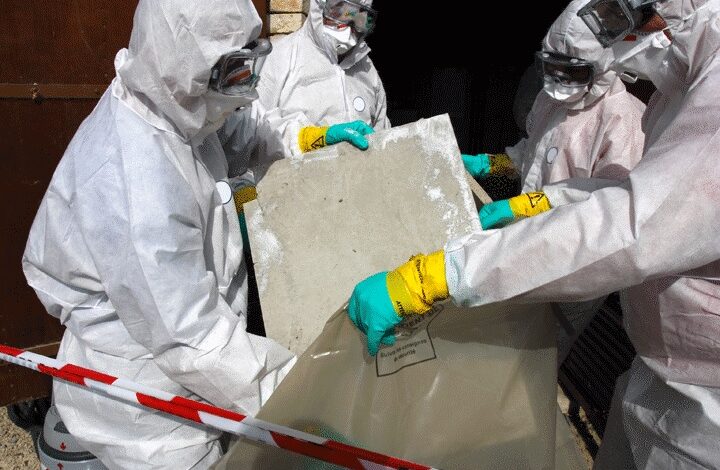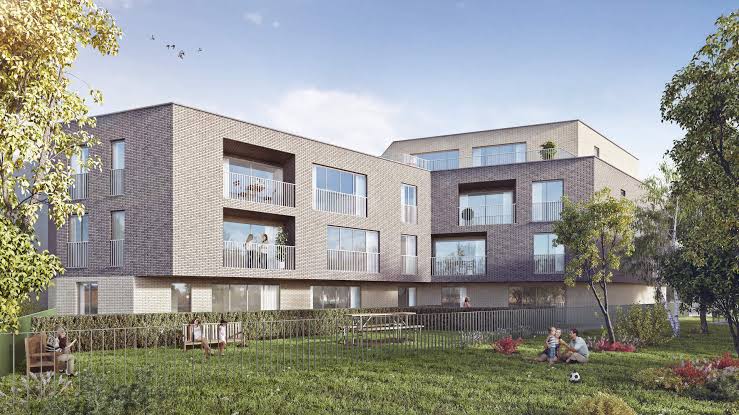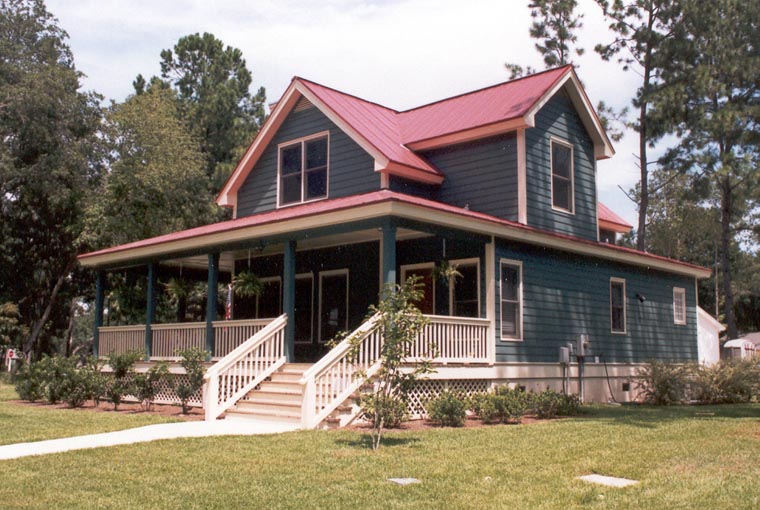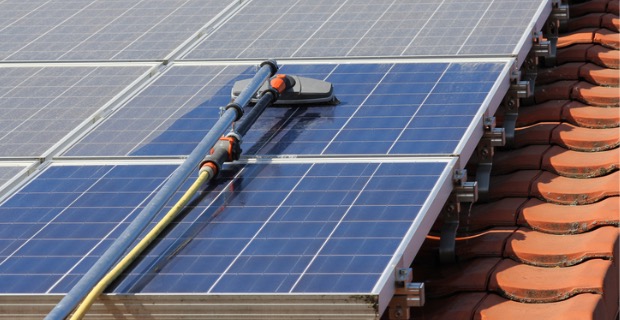The ABCs of Navigating Asbestos Disposal in Australia

Asbestos was once a popular building material because of its fire-resistant and insulating properties. However, it is now known to be a highly hazardous substance that can cause serious health problems such as lung cancer and asbestosis. If you own or plan to buy an older home or building in Australia, it’s essential to know how to identify and safely remove any asbestos-containing materials. In this blog post, we’ll explain everything you need to know about asbestos removal in Australia, including the regulations, risks, and procedures involved.
What is Asbestos?
Asbestos is a silicate mineral that occurs naturally in mineral deposits worldwide. It was extensively used in construction materials from the 1940s to the mid-1980s, particularly in roofing, flooring, insulation, and cement products. There are six types of asbestos fibres, of which three types were commonly used in building materials: chrysotile, amosite, and crocidolite. All types of asbestos fibres can cause health hazards when inhaled into the lungs.
Why is Asbestos Dangerous?
Asbestos fibres are hazardous because they can become airborne when disturbed or damaged. When inhaled, they can lodge in the lungs and cause fibres to scar the lung tissue. This can lead to serious health problems such as lung cancer, mesothelioma, and asbestosis. The risk of developing asbestos-related illnesses depends on several factors, including the type of asbestos, the intensity and duration of exposure, and individual factors such as age, smoking history, and pre-existing lung disease.
Asbestos Removal Regulations in Australia
Asbestos removal in Australia is regulated by the federal government and the state and territory governments. In general, all forms of asbestos are prohibited from being imported, manufactured, sold, supplied, used, reused, or installed in Australia. The only exception is the limited use of chrysotile asbestos in certain products until 31 December 2030, subject to strict conditions. Furthermore, any asbestos removal work must comply with the regulations set out in the Work Health and Safety (WHS) Act, the WHS Regulations, and the Australian Standard AS 2601:2016 – The Demolition of Structures.
Asbestos Removal Procedures
If you suspect that your home or building contains asbestos, the first step is to have a licensed asbestos assessor inspect the property. They will take samples of any potentially hazardous materials and send them to a NATA-accredited laboratory for analysis. If the samples are confirmed to contain asbestos, you will need to engage a licensed asbestos removalist to safely remove and dispose of the materials. The removalist will prepare a safe work plan and may use a range of techniques such as wetting, enclosure, and negative air pressure to minimise the release of asbestos fibres. The asbestos waste is then properly wrapped and transported to an authorized disposal facility.
Asbestos Removal Cost
The cost of asbestos removal in Australia varies depending on several factors, such as the amount of asbestos-containing material to be removed, the accessibility of the area, and the level of risk involved. On average, asbestos removal can cost anywhere from $25 to $90 per square meter. However, it’s essential not to choose a removalist based solely on price as the qualifications and experience of the removalist are just as important.
Asbestos removal is a serious and complicated process that requires specialised knowledge and equipment. If you suspect that your property contains asbestos, it’s crucial to seek professional advice before attempting any removal work. Remember, asbestos exposure can cause severe health problems that may not appear until years after exposure. By following the proper procedures and regulations for asbestos removal in Australia, you can help protect your health and the health of others. For more information on asbestos removal, visit the website https://aboutthehouse.net.au/asbestos-removal/.


